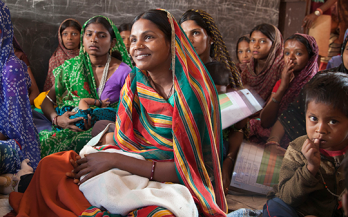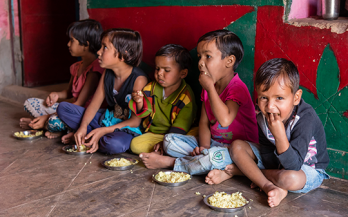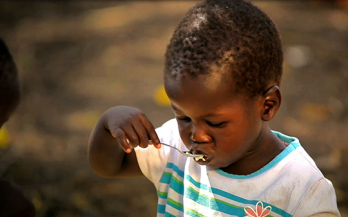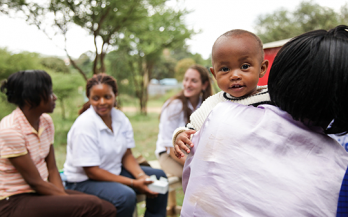The purpose of the study was to examine whether access to an at-scale, group-based parenting education program (“Educación Inicial”) had differential effects on parenting behaviors and child cognitive development according to mother's age at the birth of her first child, with a focus on adolescent mothers in rural Mexico.
The state of Gujarat had introduced Extruded Fortified Blended Food as take-home ration for children 6–35 months of age. The study aimed to understand awareness, availability, and consumption pattern of Balbhog.
This paper describes the rationale and methods used in setting up a multi‐country study that aimed at designing the key maternal and neonatal health interventions and identifying indicators related to inputs, outcomes, and impact.
Accurate data on nutrition and health is largely lacking in many countries, which compromises the targeting of nutrition interventions to those in need. The objective of this study was to highlight the lack of data available to measure and track micronutrient status.
The efficacy of a number of interventions that include fortified complementary foods (FCFs) or other products to improve infant and young child feeding (IYCF) is well established. This article reviews key findings from 11 coverage surveys of IYCF programs distributing or selling FCFs or micronutrient powders in 5 countries.
Large-scale food fortification (LSFF) of commonly consumed food vehicles is widely implemented in low- and middle-income countries. Many programs have monitoring information gaps and most countries fail to assess program coverage. The aim of this work was to present LSFF coverage survey findings from programs conducted in 8 countries between 2013 and 2015.
Food fortification is a cost-effective approach to prevent and control of micronutrient deficiencies in India. This study was conducted to assess the coverage of adequately iodized salt and the potential for rice fortification.
The need for evidence to inform nutrition program design and implementation has long been recognized, yet the generation and use of evidence for program decision making has lagged. The purpose of this study was to assess the strengths and areas for improvement of current population-based and targeted fortification programs.
The purpose of this study aimed to assess existing coverage and utilization of micronutrient powders (MNPs), fortified staples, and iodized salt among children aged 6 to 23 months prior to implementation of an MNP program.
The objective of this study was to formulate age- and context-specific complementary feeding recommendations (CFR) for infants and young children and to compare the potential of filling population-level nutrient gaps using common sets of CFR across age groups.










